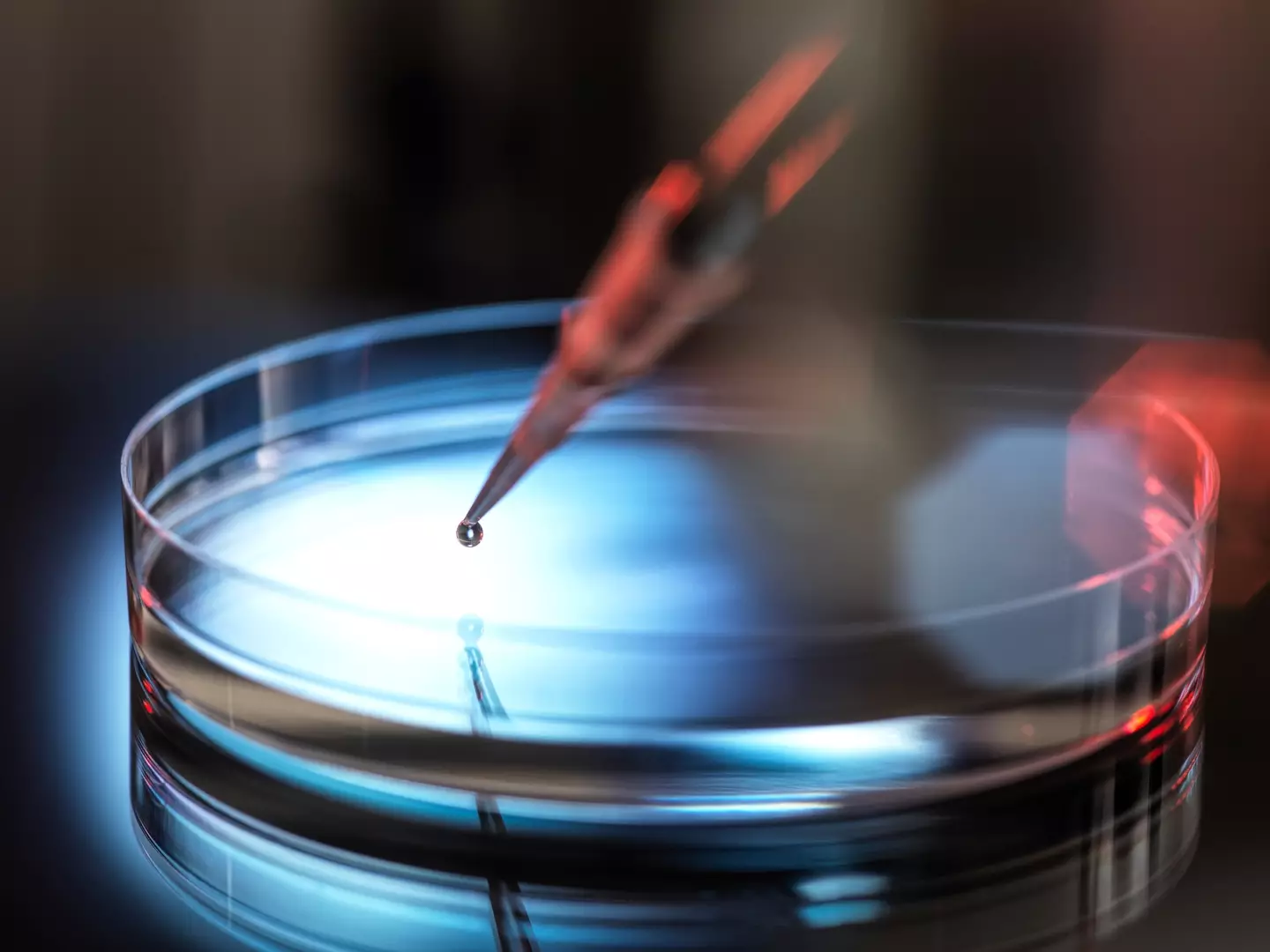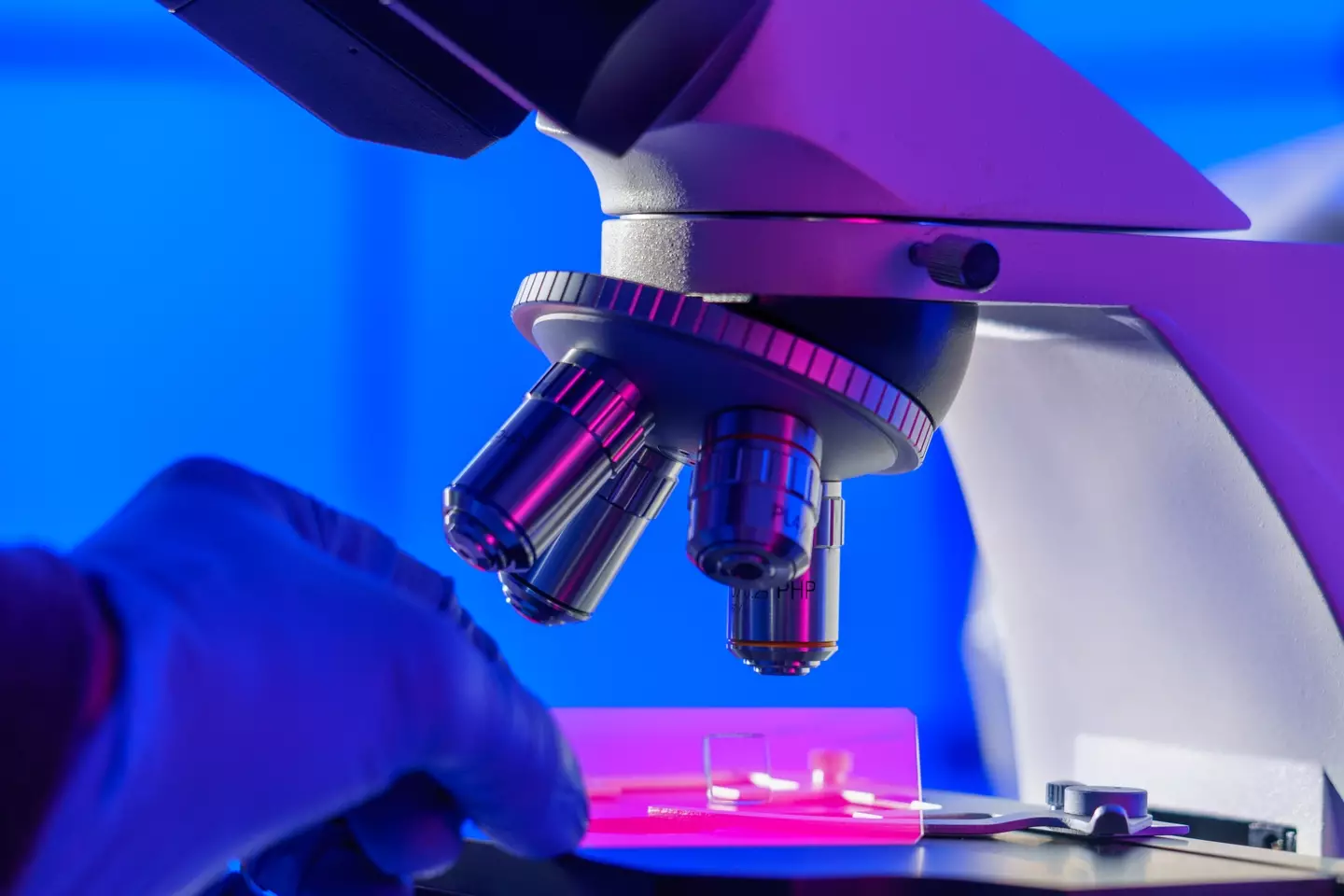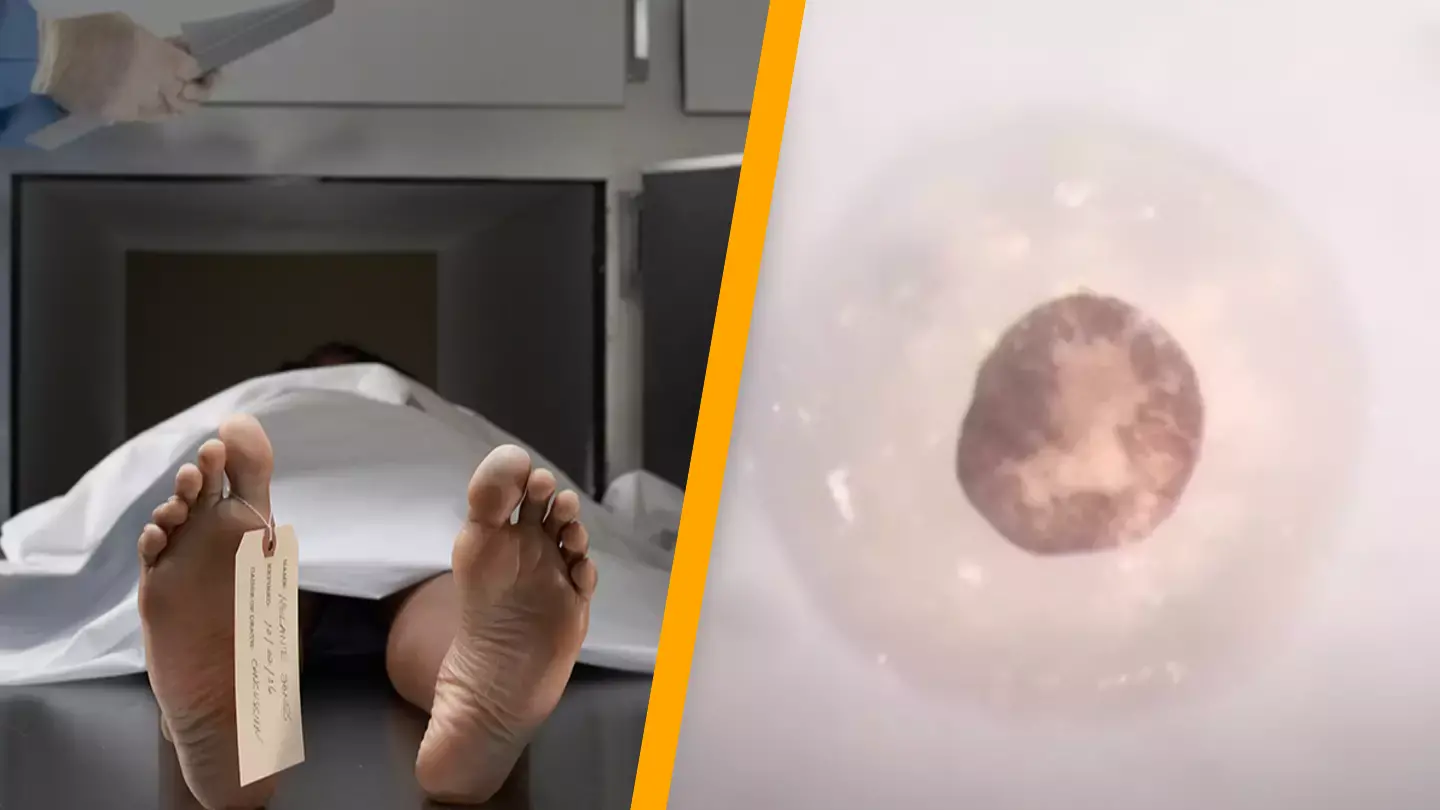When setting aside religious beliefs and afterlife thoughts, most people concur that living organisms experience two primary phases: life and death.
Naturally, a lot transpires in between, but the general agreement is that death marks the final stage.
However, biologists exploring cellular repurposing have proposed the existence of another state, which could be revolutionary for synthetic biology.

In an article published in The Conversation, biologists and co-authors Peter Noble and Alex Pozhitkov discussed how new multicellular life-forms have enabled us to surpass ‘the traditional boundaries of life and death’.
Noble and Pozhitkov research the changes that occur in organisms post-mortem, and with successful organ donations showing that cells can continue to function after death, they delved deeper into the mechanisms permitting this.
Their study centered on biobots, which originate from the cells of deceased organisms, and their ability to transform into new multicellular organisms post-mortem.

Earlier research revealed that skin cells from dead frog embryos could evolve into multicellular organisms known as xenobots, displaying new behaviors.
For example, these xenobots could move using hair-like structures called cilia, typically used only to move mucus, not cells themselves.
In addition, studies on human lung cells demonstrated that these cells could self-assemble into miniature multicellular organisms capable of novel movements and behaviors.
Taking these findings into account, the researchers highlighted the ‘inherent plasticity’ of cells.
This suggests that cells from both living and dead organisms could potentially be turned into machines with completely new functions.
According to Noble and Pozhitkov, several conditions influence whether cells and tissues can survive post-mortem, including environmental conditions, metabolic activity, preservation techniques, as well as factors like age, health, sex, and species type.

However, more research is necessary to understand how these variables interact to allow certain cells to remain functional post-mortem.
Although research is ongoing, Noble and Pozhitkov noted that the concept of this ‘third state’ not only provides new insights into cellular adaptability but also opens up possibilities for new treatments.
Illustrating potential applications, the authors said: “Anthrobots could be sourced from an individual’s living tissue to deliver drugs without triggering an unwanted immune response.
“Engineered anthrobots injected into the body could potentially dissolve arterial plaque in atherosclerosis patients and remove excess mucus in cystic fibrosis patients.”
If deployed, researchers noted that these biobots have a lifespan of no more than 60 days, mitigating the risk of invasive cell growth.

